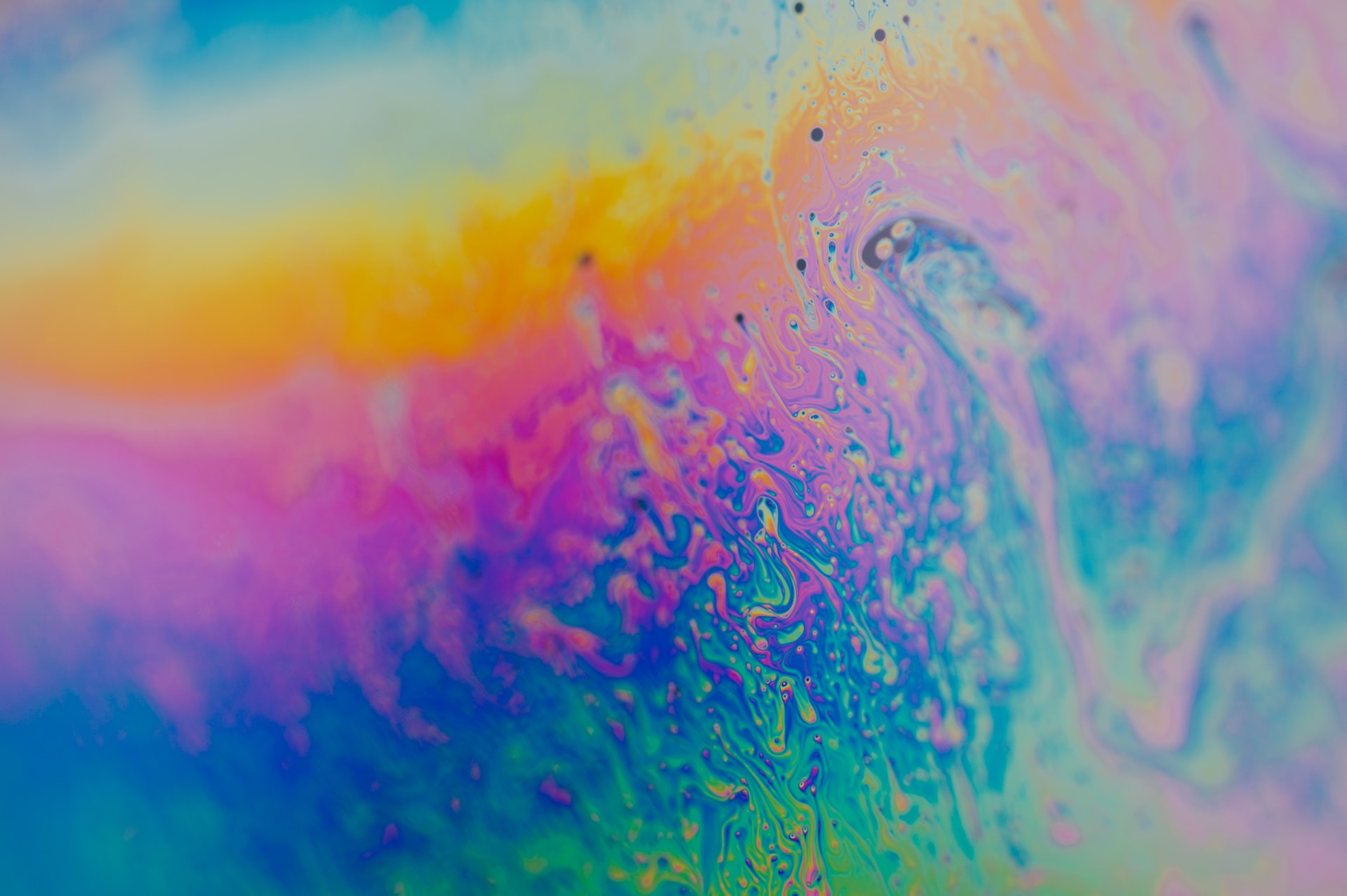Pigments and dyes are used to add colour and texture to different polymer clays. These are available in a wide variety. Both colourants are majorly used in textiles, cosmetics, plastics, and the painting industry. These are used to make products more attractive.
One major difference between dyes and pigments is their solubility in water. Both colourants have been used for a long time now. Dyes and pigments can be compared to sugar and sand to understand the basic solubility of the two. Another major difference between the two is the scattering of light; pigments allow the light to scatter and are opaque. At the same time, dyes don’t allow the light to scatter and are transparent.
Pigments require a binder to dissolve in water, while dyes tend to be naturally soluble. The textile and paper industry mainly uses dyes. And cosmetic, paint, ink, and plastic industries rely on pigments.
Dyes are mostly organic and are obtained from flora and fauna. Due to this, dyes are expensive and aren’t suitable for bulk use. On the other hand, pigments are chemically synthesized substances that are comparatively cheap and easy to use for a variety of purposes. Dyes and pigments mainly became popular in the 1860s, and now the properties of these colourants are altered to make them more sustainable and resistant to heat and light.
Differences in how dyes and pigments work on different surfaces.
Dyes and pigments work differently on different surfaces. Here is an easy-to-understand example. Suppose we are working with acrylic paint and a marker on paper. The permanent marker is a dye that will soak into the fibre. The acrylic paint will form a layer on the paper. This is because acrylic paint is a pigment, and they tend to add layers to the material, which is why they also tend to protect the products.
Types of Dyes and Their Uses in Different Industries
Dyes are available in a wide range these days. Different type of dyes is used in different industries. Like food industry tends to use organic dyes to add colour to food and beverages. Synthetic dyes are mainly used in the textile industry to add colour to fabrics.
Dyes are usually long-lasting and have bright colours than pigments. Some different types of dyes are:
- Fabric dyes
- Stamp Pad dyes
- Permanent marker Dyes
Characteristics and Applications of Pigments
Pigments are usually inorganic because they require a water binder. There are both types of pigments available organic pigments and inorganic pigments. But chemically synthesized pigments tend to be more long-lasting, resistant to heat, and provide a wide range of colours.
Pigments are majorly used in the cosmetic, paint, and ink industries. These are more stable than the Dyes. Pigments are also widely used for coating products and walls.
Usage and Selection of Dyes and Pigments in Different Industries.
Both the dyes and the pigments are widely used substances in several industries. With advancements in technology, multiple shades and colours are available in both substances. Choosing the right color depends on various factors like light fastness, durability, type of fabric, base, and color. Hope the above information helps you understand the difference between pigments and dyes.
Also read,
What Are Pigment Dyes? A Comprehensive Guide
Azo Dyes: Properties, Uses, and Synthesis | Comprehensive Guide
